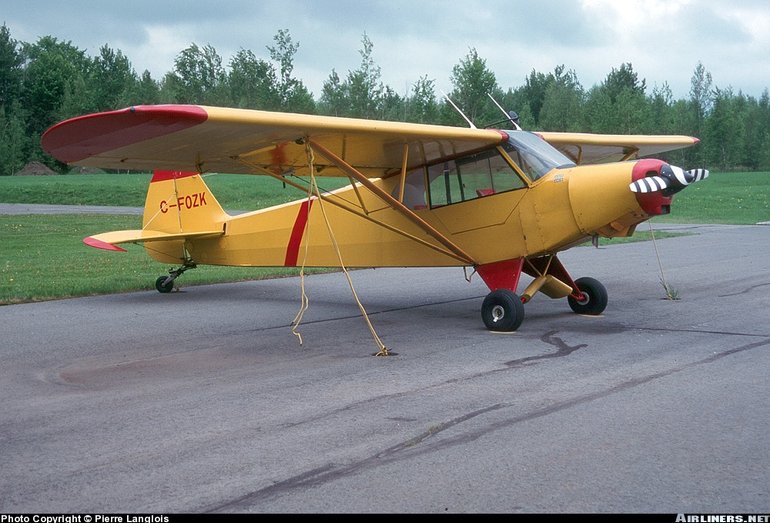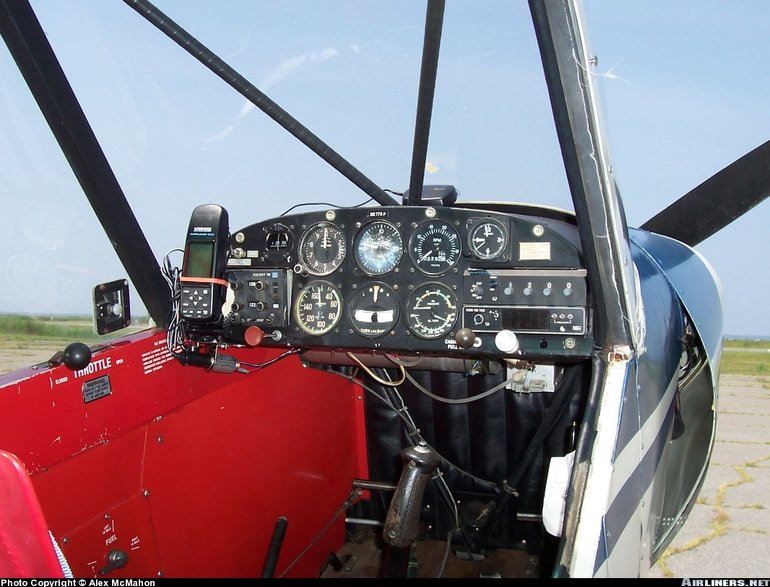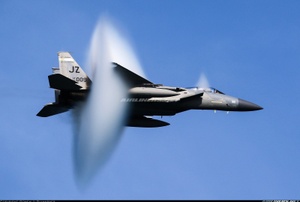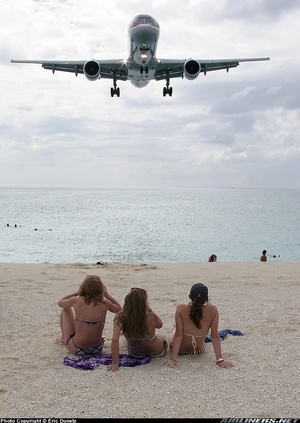Piper PA-18 Super Cub
Details
Country of Origin
United States of America
Type
Two seat utility light aircraft
History
The Super Cub is one of Piper's most successful and long lived aircraft programs, with production spanning over four decades.
The PA-18 Super Cub was the ultimate development of Piper's original aircraft, the J-3 Cub (described separately). The four seat development of the Cub, the PA-14 Family Cruiser, was the basis for the Super Cub, but the later differed in having seating for two in tandem (as on the Cub), all metal wings and, in its initial form, a 65kW (90hp) Continental C-90 in the PA-18-90 or a 80kW (108hp) Lycoming O-235 engine in the PA-18-105. The Super Cub flew for the first time in 1949, and certification was awarded on November 18 that year. The first production Super Cubs were delivered from late 1949, the type replacing the PA-11 Cub Special on Piper's production lines.
The 100kW (135hp) Lycoming O-290 powered PA-18-135 appeared in 1952, while the definitive 110kW (150hp) Lycoming O-320 powered PA-18-150 was certificated on October 1 1954 and delivered from the following year.
The Super Cub remained in production with Piper through until 1981, when almost 7500 had been built over an uninterrupted 32 year production run. Piper continued building Super Cubs on behalf of Texas based WTA who held the manufacturing and marketing rights from 1981 until 1988. In 1988 Piper resumed marketing responsibility for the Super Cub and continued low rate production. Financial troubles meant that Super Cub production ceased in 1992, before resuming once more the following year. Finally in late 1994 Piper announced that the Super Cub would not form part of its model line for 1995 and that it would cease production after the last of 24 on order for distributor Muncie Aviation were completed.
Powerplants
PA-18-95 - One 65kW (90hp) Continental C-90-12F or 8F flat four piston engine driving a two blade fixed pitch propeller.
PA-18-150 - One 110kW (150hp) Lycoming O-320.
Performance
PA-18-95 - Max speed 180km/h (97kt), max cruising speed 161km/h (87kt). Initial rate of climb 710ft/min. Service ceiling 15,750ft. Max range with no reserves 580km (313nm). PA-18-150 - Max speed 210km/h (113kt), max cruising speed 185km/h (100kt), economical cruising speed 170km/h (90kt). Initial rate of climb 960ft/min. Service ceiling 19,000ft. Range at max cruising speed and no reserves 740km (400nm).
Weights
PA-18-95 - Empty 367kg (910lb), max takeoff 680kg (1500lb).
PA-18-150 - Empty 429kg (946lb), max takeoff 794kg (1750lb).
Dimensions
PA-18-95 - Wing span 10.73m (35ft 3in), length 6.83m (22ft 5in), height 2.02m (6ft 9in). Wing area 16.6m2 (178.5sq ft).
PA-18-150 - Same except for length 6.88m (22ft 7in).
Capacity
Typical seating for two in tandem.
Production
Almost 7500 Super Cubs (including 1700 military) built until 1981 when production originally ceased. Piper production for WTA between 1982 and 1988 totalled 250. Piper production between 1988 and 1994 approximately 100.
Related Links
Piper PA-18 Super Cub
The backbone of this section is from the The
International Directory of Civil Aircraft by Gerard Frawley
and used with permission. To get your own copy of the book
click here.



















